Quality Rating 4: Implementation
Requirements
Let’s look at the requirements for Developmentally Appropriate Practice: Implementation: DAP 5.4 – School-Age Only (DAP 6.4 for Center and Family Child Care).
Review the requirements for your program type.
Some terms may be unfamiliar to you. Select the hyperlinks for more information.
Child Care Center
DAP 6.4: Implementation
Domain-based activities are individualized to address developmental needs, informed by an IFSP or IEP (when provided), provide opportunities for whole group, small group and individual learning experiences, and include adequate time for transitions, literacy, and reading opportunities.
Documentation to submit: Daily Schedule and Lesson Plan (within the past 6 months)
Family Child Care
DAP 6.4: Implementation
Domain-based activities are individualized to address developmental needs, informed by an IFSP or IEP (when provided), provide opportunities for whole group, small group and individual learning experiences, and include adequate time for transitions, literacy, and reading opportunities.
Documentation to submit: Daily Schedule and Lesson Plan (within the past 6 months)
School-Age Only
DAP 5.4: Implementation
Daily schedule provides ample access to a variety of activities related to the lesson plan, including literacy and language, science and math, arts, and physical fitness, and are individualized to address the developmental needs of each and every child and informed by the IEP, if provided.
Documentation to submit: Daily Schedule and Lesson Plan (within the past 6 months)


